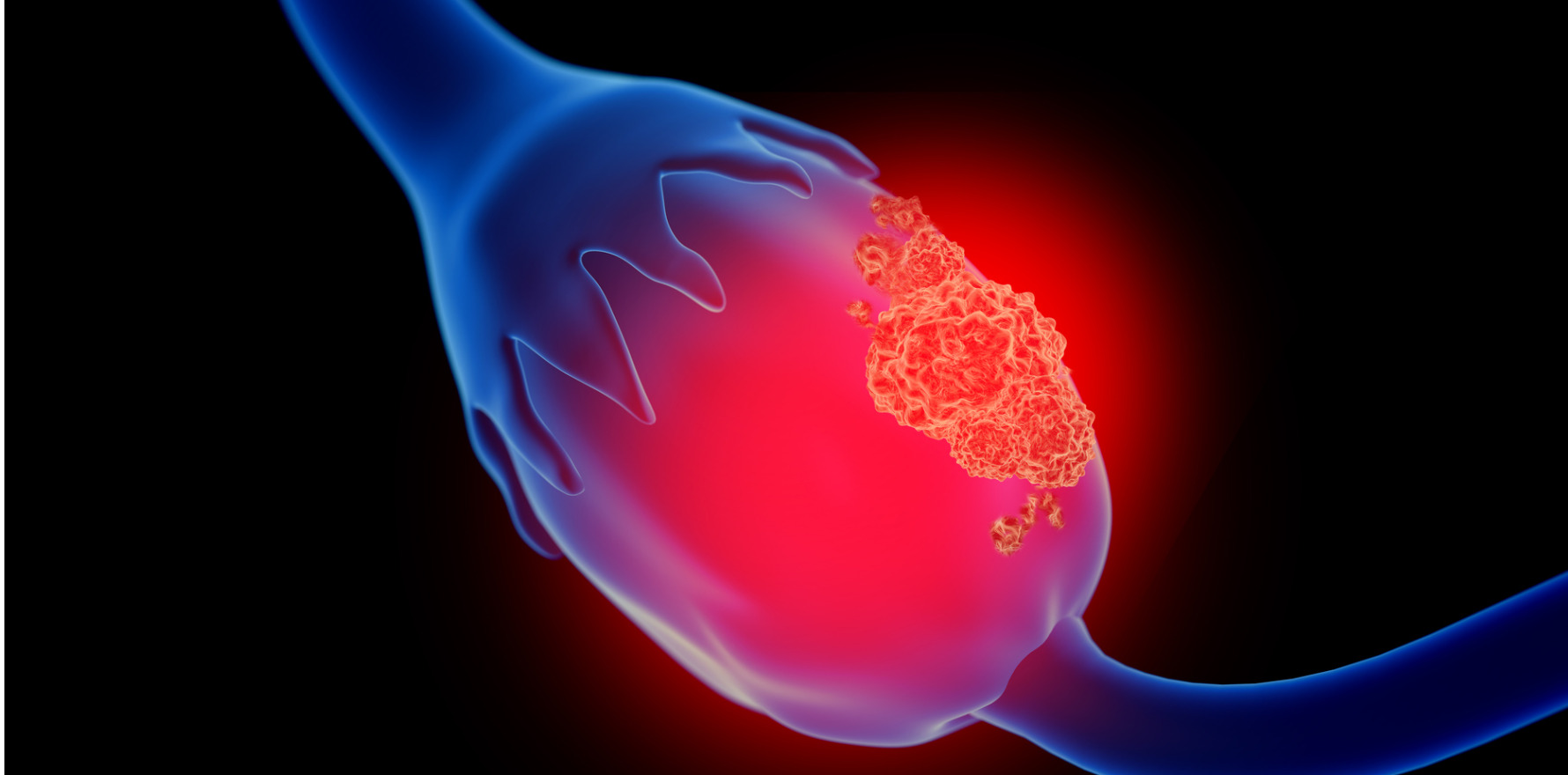The link provides more evidence of the need to confirm endometriosis diagnoses.
Women with endometriosis have four times the risk of ovarian cancer compared to those without, and the risk is almost 10 times for women with severe endometriosis, according to a large US population study.
The findings suggest that every effort should be made to confirm an endometriosis diagnosis, an Australian expert told TMR.
Ovarian cancer symptoms are easy to miss and it is often diagnosed at a late stage, meaning that people miss out on growing opportunities for prevention and treatment.
Endometriosis affects one in nine Australians born female, and it takes an average of seven years to get a diagnosis. Meanwhile, last year, according to the Australian Institute of Health and Welfare, there were 1786 new cases of ovarian cancer diagnosed and 1050 deaths from the disease.
“By quantifying the strong associations between deep infiltrating endometriosis and/or ovarian endometrioma subtypes and ovarian cancer risk, this study identified a population that may benefit from ovarian cancer screening or more aggressive prevention strategies,” wrote the authors of the study, published in JAMA last week.
Their selected cohort of 450,906 women in Utah had a ratio of five women without endometriosis (a total of 372,430) for every woman with endometriosis (78,476) – either superficial peritoneal endometriosis (50%), ovarian endometriomas (24%), deep infiltrating endometriosis (1.3%), ovarian endometriomas and concurrent deep infiltrating endometriosis (1.7%), or other (23%). During the study period, from 1992 to 2019, there were 597 ovarian cancers.
Analysis showed that while having endometriosis of any type conferred nearly four times the risk of any type of ovarian cancer, the risk was highest for developing type 1, especially clear cell carcinoma (11 times higher than without endometriosis) and endometrioid carcinoma (eight times higher).
Having deep infiltrating endometriosis and/or ovarian endometrioma conferred a risk almost 10 times higher of developing any type of ovarian cancer, compared to not having endometriosis, and nearly 19 times the risk of type I ovarian cancer. Superficial peritoneal endometriosis and other endometriosis were still associated with two to three times the risk of developing ovarian cancer of any type.
The definition of deep infiltrating endometriosis could not be consistent across the time span of the study, and the mechanisms linking endometriosis and ovarian cancer were not explained by the research, but the association was “clearly significant”, the accompanying editorial said.
Related
“It may be related to activation of oncogenes, such as KRAS and PI3K, as well as inactivation of tumour suppressor genes, such as PTEN and ARID1A. More than likely, it is multifactorial: genetic, hormonal, and immunologic. Importantly, there is evidence clearly demonstrating molecular similarities between endometriosis and endometriosis-associated ovarian cancer, further supporting the association and the possibility that endometriosis is a precursor to particular subtypes of epithelial ovarian cancer.”
Associate Professor Orla McNally, director of gynaecology oncology at the Royal Women’s Hospital in Victoria and the gynaecology tumour stream at the Victorian Comprehensive Cancer Centre, told TMR that the large study was welcome and added confirmation of the link between endometriosis and ovarian cancer.
“This provides evidence that there should be active treatment of endometriosis that is diagnosed and that every effort should be made to confirm the diagnosis,” Professor McNally said.
“Any woman presenting with pelvic pain and particularly painful periods, your first line of investigation is going to be an ultrasound. As a gynaecologist, I would think about whether this is physiological or is there something pathological, and if the pattern of pain is more suggestive of something pathological, then that’s when you would recommend pelvic ultrasound.”
While laparoscopy was ultimately used to confirm endometriosis, tertiary ultrasound scanning was “very good” at suggesting a diagnosis, particularly of deep infiltrating endometriosis, said Professor McNally – although women could have deep infiltration endometriosis and not have any symptoms.
She recommended holding off on discussing ovarian cancer risk and prevention options until a diagnosis had been confirmed.
If a scan suggested endometriosis, referring a patient to a gynaecologist, “preferably a centre where they are going to manage endometriosis”, would be the next step, she said.
“Endometriosis is bread and butter for most gynaecologists and most levels of endometriosis can be managed by them, [usually with] laparoscopic biopsies and excisions and then hormonal management.
“When it’s getting on to deep infiltrating endometriosis, that’s really tertiary-level care with the endometriosis specialist because it does require the input of potentially a bowel surgeon as well.”





